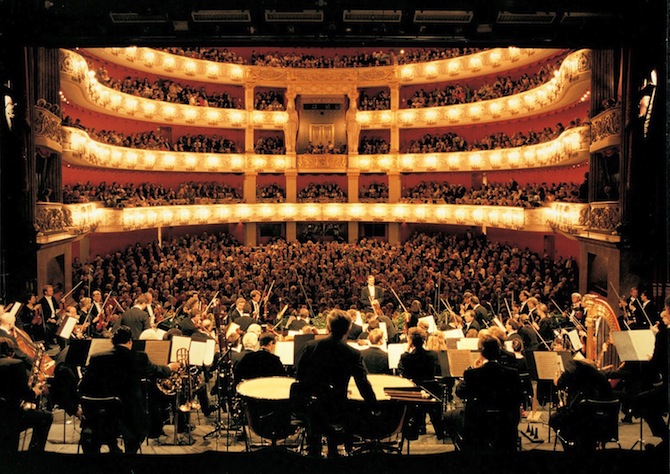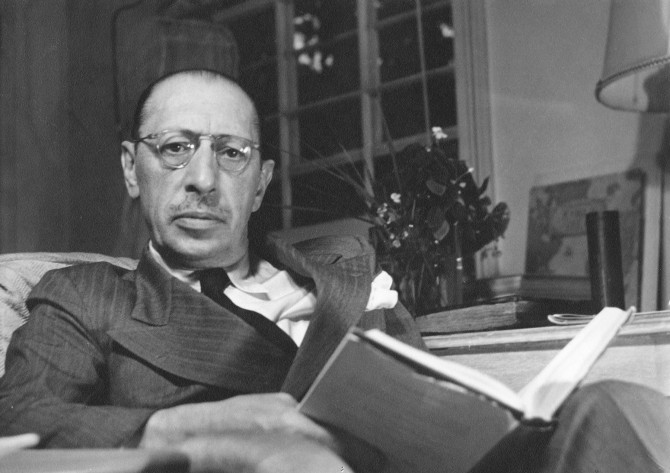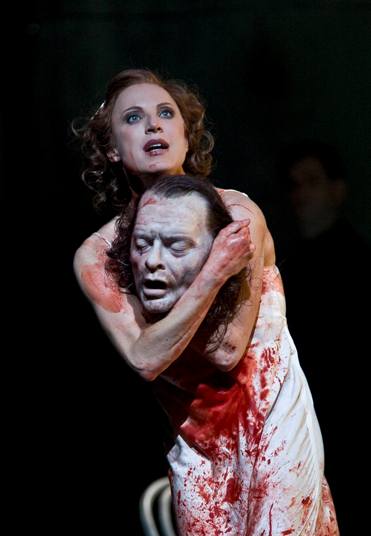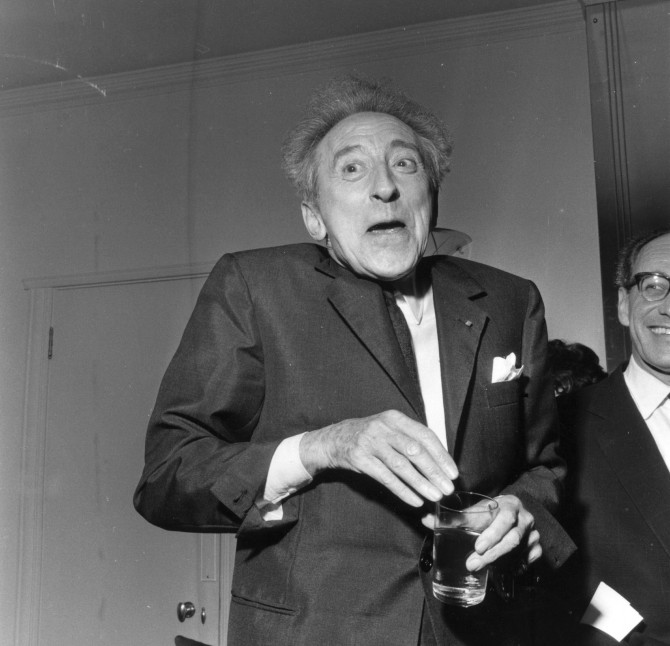
As a musician I’ve always felt that I should make some time to sit and listen to classical music. I know I should try and like it, expand my brain marbles a bit, you know? I’m just too lazy to do it though. I like what I like. But my friend informed me the other day that there has actually been classical music that has literally caused a classical music riot at performances; and I thought that if I was going to like any classical music at all, it might be that sort.
The most famous of these riots happened in 1913 thanks to Igor Stravinsky‘s ballet The Rite of Spring. When it was performed the crowd was incensed by the cacophony of sound as much as the mad cap choreography. In retrospect it may well have been the dancing that provoked the dissent more than the music, but Stravinsky, who was an all together full of himself character, took the riot as his own and used it as PR to project his fame even further.
In those days there were two types of audience member: people in the boxes who were loaded and liked things to stay classical, and a more Bohemian bunch who liked anything new because they hated those in the boxes so much. The premiere was to a packed house.
Right from the off the audience booed loudly in response to the in-harmonic notes accompanying the unrecognizable bassoon’s opening solo. Initially the two audience factions began shouting at each other and punches were thrown, but soon the rage turned on the orchestra and people started lobbing projectiles at them. The orchestra were made of stauncher stuff and continued to play on regardless. About 40 people were ejected by the management and police.
A photographer in the audience said that a woman behind him in the crowd was so emotionally taken over that she started beating a rhythm out on his head, but he didn’t notice initially because his emotions were running so high himself. One review of the performance called it “a laborious and puerile barbarity,” which seems a bit harsh.
☛ Watch Next: The Best Music Video I Have Ever Seen (NSFW)
Here it is in all its full splendour. Seems hard to imagine what the fuss is all about now. But we have Lady Gaga and Cannibal Corpse, so what’s left that can actually shock us? The dancing is pretty nuts to be fair, but I wouldn’t lob my shoes at them. I don’t expect you to watch the full half hour fandango of course, I certainly haven’t, but skip through to 3:15 to see the mental costumes and weird angular dance shapes they’re throwing.
[yframe url=’http://www.youtube.com/watch?v=ZGNbULNCiwQ’]
That wasn’t the only such riot, although it’s probably the most famous. Others include the following:
In 1861 Richard Wagner premiered his ballet – Tannhäuser– in Paris. It wasn’t the music that annoyed people this time though. The Jockey Club, who were some snooty French elite types of the time, used to go to dinner and then turn up for Act II of a performance.
Act II was when the ballet section would traditionally begin, but Wagner had his ballet section in the first Act so they had to show up early. This really got their goat. They started cat calling and whistling. At the third performance there was so much shouting and banging, the ballet had to be stopped for up to 15 minutes at a time. They made such fuss that Wagner removed the performance from Paris for good.
☛ Watch Next: Kill The Noise — Disturbing Plasticine Violence
In 1905, Richard Strauss converted an Oscar Wilde play, Salome, into an opera. It caused a right old tizz wozz. It included the ‘dance of the seven veils’ and a woman passionately kissing the severed head of John the Baptist. Not exactly material that the elite were into back then. A Metropolitan Opera production opened one evening and closed the next in reaction to public outcry. A biblical story covering necrophilia, revenge, incest and suicide was bound to cause a bit of a ruckus. On the other hand the piece made Strauss a very rich man, so who’s laughing now?
In 1917 Erik Satie‘s Parade ballet caused a bit of a stir, partly because it used things such as a typewriter, foghorn and an assortment of milk bottles to make noises in the score. There was a mini riot at the first performance but the best bit of the story goes as follows: Satie wrote a postcard to a critic who had given him a bad review saying “Sir and dear friend – you are an arse, an arse without music! Signed, Erik Satie.” The critic sued him for the insult and at the trial, a chap called Jean Cocteau, who had co-written the piece, was arrested and beaten by the police for repeatedly shouting “ARSE!” in the courtroom. Legend.
1926 saw Béla Bartók bring out The Miraculous Mandarin, this gave birth to such an uproar that the audience threw stink bombs and the mayor of Cologne asked for the conductor to resign. Madness. I’ll leave you with the latest of such madcap shenanigans. These were caused by Steve Reich’s piece called “Four Organs”. This happened as recently as 1973. Early performances were fairly well received (which is fucking mental once you’ve had a listen for yourself) but a rendition in New York in 1973 wasn’t so good.
☛ Listen Next: VIDEO: Balinese Musicians Absolutely Owning It
There were yells for the music to stop, mixed with applause to hasten the end of the piece. One of the performers, Michael Tilson Thomas, recalls: “One woman walked down the aisle and repeatedly banged her head on the front of the stage, wailing ‘Stop, stop, I confess.'” Have a listen to this and you’ll hear why. It’s rubbish. I’m no music critic, and I’m sure there’s a lot of depth to it if you understand it deeply enough. But to most people it is shit. There, I’ve said it. What do you think?
[yframe url=’http://www.youtube.com/watch?v=3O_xIi-MUxo’]
In conclusion: Arse.
☛ Read Next: 88 Piece Girl Band Member Shaves Her Head


















